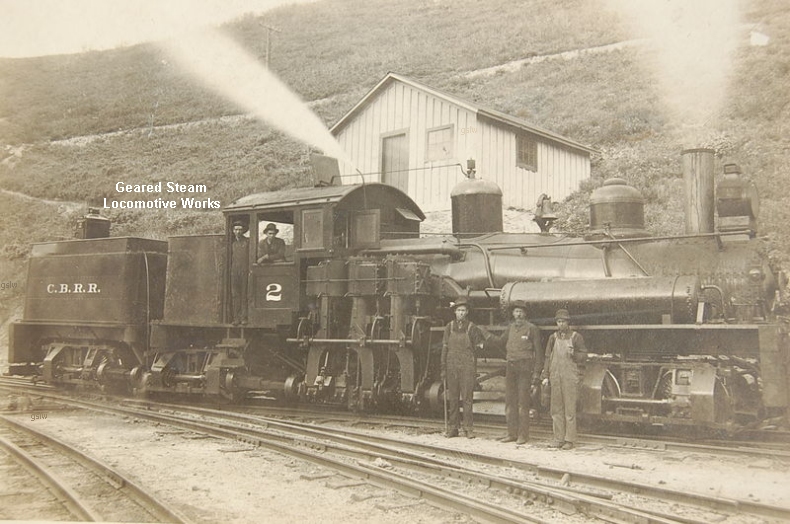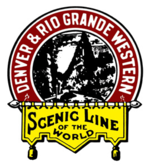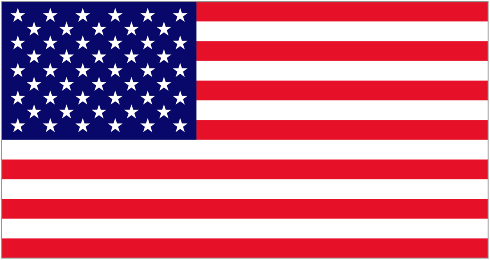Company History: The CBRR was established in 1900 to acquire a 3’ gauge horse-and-gravity tramway built in 1875 to move gold and silver ore down Bingham Canyon to mills in the Salt Lake Valley of Utah. Copper mines were opening up the canyon so the new owners began upgrading the line to a standard gauge steam powered line.
The CBRR was just 3 miles long but was a real roller coaster. Grades ran between 3.7% at the bottom to 7% near the top and an astonishing 7.4% on the spur to a coal mine in Copper Center Gulch. Curves were as tight as 40 degrees. They had one 50 ton Shay that was rated to drag three empties up the hill and hold back three loads going downhill. The ore cars were all-steel 50 ton gondolas from the Rio Grande Western fleet. Construction of the line was supervised by engineers from the Rio Grande Western.
By 1904, CBRR was moving up to 2,000 tons of ore per day making it one of the busiest railroads per mile of track in the nation (at 667 tons per mile per day.) That year, a wreck badly damaged their only Shay and three ore cars. A second Shay was purchased and delivered by the RGW. Just weeks after delivery, the new engine ran away down a snow covered stretch near the top of the hill and ended up on its back far down the embankment along with another three loaded ore cars. CBRR was borrowing a third engine (a switcher) at the time but it was too small to tackle the hills.
Luckily, repairs to the first wrecked Shay were nearly complete and third Shay (a 92-tonner) was on its way from Lima Locomotive Works. Nevertheless, customers began investigating building arial tramways to get their ore down the canyon to a loader along the RGW. By that June, 20 loaded ore cars per day were coming down the canyon, three at a time. By August it was 30 cars per day. In January of 1905, Denver & Rio Grande (not their sister company Rio Grande Western) bought the Copper Belt Railroad although it continued to operate as a separate railroad. In 1906, the CBRR was extended another two miles to serve a new mine and another locomotive was ordered. Serious runaways were occurring about once a year. A 1908 corporate reorganization merged the Rio Grande Western, the original Carbon County Railway, the Castle Valley Railway, San Pete Valley Railway, Sevier Railway, Tintic Range Railway, the original Utah Central, Utah Eastern and the Copper Belt Railroad into the Denver & Rio Grande.
The CBRR was just 3 miles long but was a real roller coaster. Grades ran between 3.7% at the bottom to 7% near the top and an astonishing 7.4% on the spur to a coal mine in Copper Center Gulch. Curves were as tight as 40 degrees. They had one 50 ton Shay that was rated to drag three empties up the hill and hold back three loads going downhill. The ore cars were all-steel 50 ton gondolas from the Rio Grande Western fleet. Construction of the line was supervised by engineers from the Rio Grande Western.
By 1904, CBRR was moving up to 2,000 tons of ore per day making it one of the busiest railroads per mile of track in the nation (at 667 tons per mile per day.) That year, a wreck badly damaged their only Shay and three ore cars. A second Shay was purchased and delivered by the RGW. Just weeks after delivery, the new engine ran away down a snow covered stretch near the top of the hill and ended up on its back far down the embankment along with another three loaded ore cars. CBRR was borrowing a third engine (a switcher) at the time but it was too small to tackle the hills.
Luckily, repairs to the first wrecked Shay were nearly complete and third Shay (a 92-tonner) was on its way from Lima Locomotive Works. Nevertheless, customers began investigating building arial tramways to get their ore down the canyon to a loader along the RGW. By that June, 20 loaded ore cars per day were coming down the canyon, three at a time. By August it was 30 cars per day. In January of 1905, Denver & Rio Grande (not their sister company Rio Grande Western) bought the Copper Belt Railroad although it continued to operate as a separate railroad. In 1906, the CBRR was extended another two miles to serve a new mine and another locomotive was ordered. Serious runaways were occurring about once a year. A 1908 corporate reorganization merged the Rio Grande Western, the original Carbon County Railway, the Castle Valley Railway, San Pete Valley Railway, Sevier Railway, Tintic Range Railway, the original Utah Central, Utah Eastern and the Copper Belt Railroad into the Denver & Rio Grande.
Successor/Parent History: The Denver & Rio Grande Western Railroad (reporting mark DRGW), often shortened to Rio Grande, D&RG or D&RGW, formerly the Denver & Rio Grande Railroad, was an American Class I railroad company. The railroad started as a 3 ft (914 mm) narrow gauge line running south from Denver, Colorado in 1870. It served mainly as a transcontinental bridge line between Denver, and Salt Lake City, Utah.
In 1988, the Rio Grande's parent corporation, Rio Grande Industries, purchased Southern Pacific Transportation Company, and as the result of a merger, the larger Southern Pacific Railroad name was chosen for identity. The Rio Grande operated as a separate division of the Southern Pacific, until that company was acquired by the Union Pacific Railroad. Today, most former D&RGW main lines are owned and operated by the Union Pacific while several branch lines are now operated as heritage railways by various companies.
In 1988, the Rio Grande's parent corporation, Rio Grande Industries, purchased Southern Pacific Transportation Company, and as the result of a merger, the larger Southern Pacific Railroad name was chosen for identity. The Rio Grande operated as a separate division of the Southern Pacific, until that company was acquired by the Union Pacific Railroad. Today, most former D&RGW main lines are owned and operated by the Union Pacific while several branch lines are now operated as heritage railways by various companies.
Brief History: The U.S. is a country of 50 states covering a vast swath of North America, with Alaska in the northwest and Hawaii extending the nation’s presence into the Pacific Ocean. Major Atlantic Coast cities are New York, a global finance and culture center, and capital Washington, DC. Midwestern metropolis Chicago is known for influential architecture and on the west coast, Los Angeles' Hollywood is famed for filmmaking.
Item created by: George on 2024-07-06 17:35:47. Last edited by George on 2024-07-06 17:36:00
If you see errors or missing data in this entry, please feel free to log in and edit it. Anyone with a Gmail account can log in instantly.
If you see errors or missing data in this entry, please feel free to log in and edit it. Anyone with a Gmail account can log in instantly.




